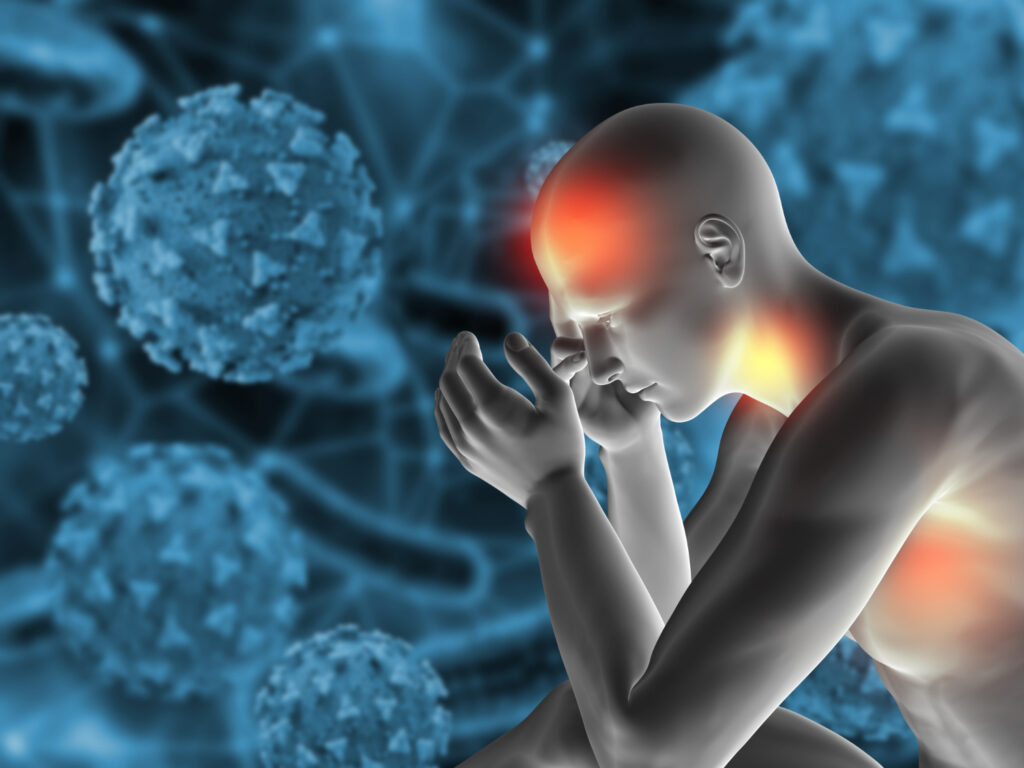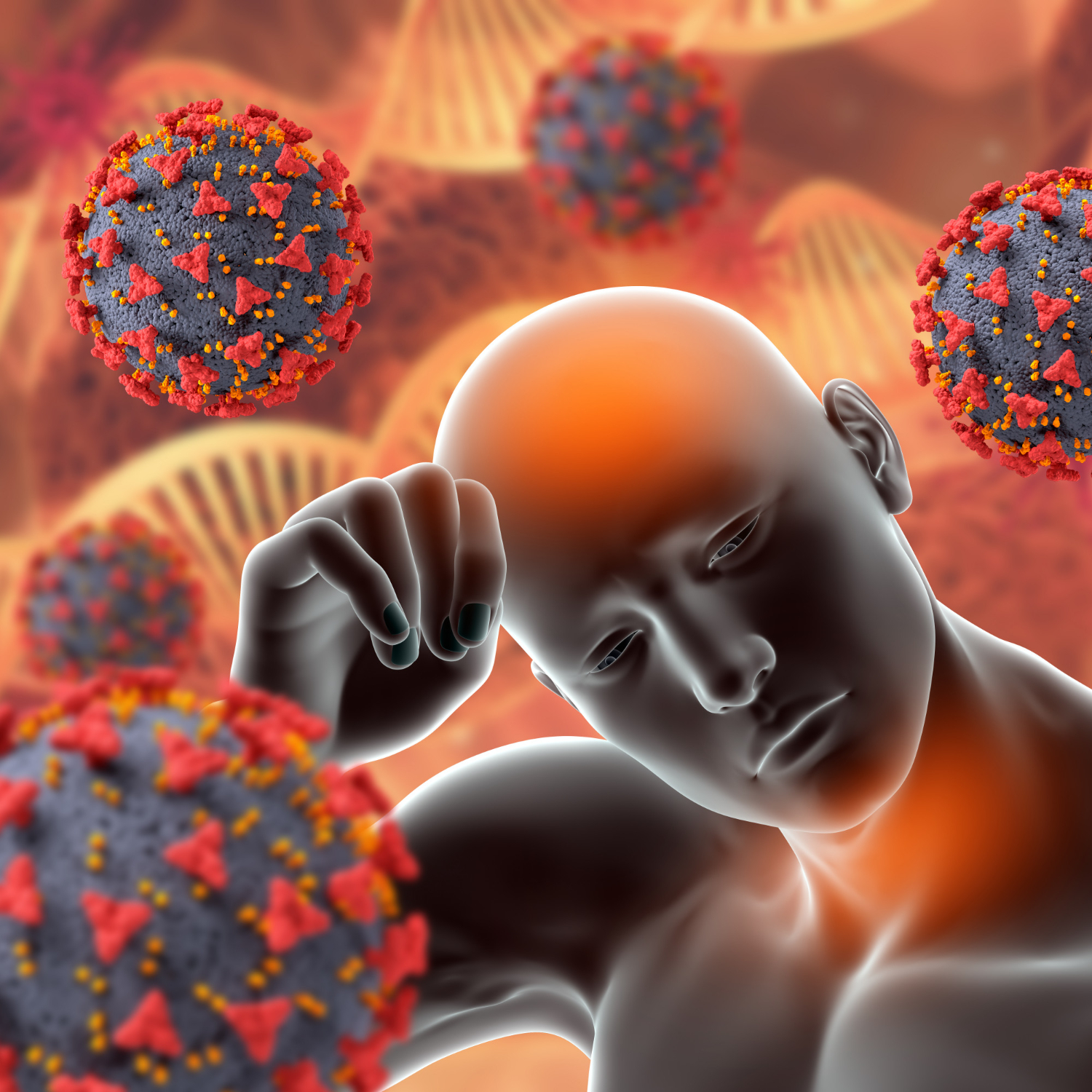Moyamoya disease is a rare vascular illness that causes gradual constriction or blockage of the internal carotid arteries, especially near the base of the brain. The Japanese term “moyamoya” translates to “puff of smoke,” and it describes the look of collateral vessels that emerge as the body strives to compensate for decreased blood flow.
Moyamoya disease is distinguished by the following characteristics:
Vascular Changes: Vascular changes include progressive stenosis (narrowing) or occlusion of the internal carotid arteries, particularly where they enter the skull.
Collateral Vessels (Moyamoya Vessels): Small collateral vessels (Moyamoya Vessels) emerge as a compensating strategy, forming a network of tiny blood vessels that resemble a “puff of smoke” on imaging examinations.
diminished Blood Flow: When arteries constrict or obstruct, blood flow to areas of the brain is diminished. Ischemia (inadequate blood flow), transient ischemic attacks (TIAs), and strokes can all occur from this.
Age of Onset: Moyamoya disease can appear at any age, although it most commonly appears in infancy or early adulthood.
Progressive Nature: The condition has a progressive nature, and people may experience sporadic worsening of symptoms.
Bilateral Involvement: Moyamoya disease often affects both sides of the brain, however the course may not be symmetrical.
Potential Triggers: The actual etiology of Moyamoya illness is unknown, however genetic and environmental factors may play a role. Certain genetic mutations may be linked to some instances.
Hormonal changes, stress, and certain medicines can all be triggers for symptom worsening.

Moyamoya Disease symptoms
Moyamoya illness can cause a range of symptoms, which differ from person to person. The condition is distinguished by gradual constriction or blockage of arteries near the base of the brain, resulting in decreased blood flow. The following are some of the most prevalent symptoms of Moyamoya disease:
Temporary Ischemic Attacks (TIAs): recurrent occurrences of temporary neurological symptoms, often known as mini-strokes. Temporary weakness, numbness, or other neurological impairments are examples of these symptoms.
Strokes: Moyamoya disease raises the risk of ischemic strokes, which occur when blood supply to a specific portion of the brain is cut off. Strokes can cause a variety of neurological symptoms, depending on the part of the brain affected.
Headaches: A typical symptom that can range from moderate to severe. Individuals may have different types and patterns of headaches.
Seizures: Seizures can occur in certain people with Moyamoya illness and present as aberrant movements, altered awareness, or other seizure-related symptoms.
Cognitive Changes: Moyamoya illness can cause cognitive decline, impairing memory, focus, and other cognitive skills.
Speech and Language Difficulties: Difficulties with Speech and Language: Difficulties with speech or language may emerge as a result of decreased blood flow to the language centers of the brain.
Visual Disturbances: Vision changes, such as visual field defects or visual disturbances, are possible.
Motor Weakness: Moyamoya illness can cause weakness or paralysis on one side of the body.
Face Weakness: Similar to stroke symptoms, facial muscular weakness or drooping may develop.
Behavioral and Psychiatric Symptoms: Moyamoya illness can produce behavioral abnormalities, psychiatric symptoms, or mood issues in certain people.
Moyamoya disease symptoms can worsen with time, and the condition can affect both adults and children. Individuals may suffer sporadic aggravation of symptoms during times of stress or other triggers, and the intensity and mix of symptoms can vary.
If someone exhibits signs of Moyamoya illness, rapid medical assessment is required for diagnosis and effective care. Imaging investigations, such as angiography, are often performed by a neurologist or neurosurgeon to examine the blood vessels in the brain and confirm the diagnosis.
Preventive measures for moyamoya
While there are no particular preventative steps to avert the start of Moyamoya disease, there are several tactics that can help manage the illness and lower the risk of complications. Here are some things to think about:
Early Diagnosis and therapy: It is critical to begin proper therapy and treatments to enhance blood supply to the brain as soon as possible. If signs of moyamoya disease appear, it is critical to seek immediate medical assistance.
Regular Monitoring: Individuals with moyamoya disease may require regular monitoring through imaging studies such as angiography to determine disease progression and the efficacy of therapies.
Blood Pressure Control: Controlling blood pressure is essential for reducing stress on the blood vessels. Hypertension must be monitored on a regular basis and managed medically.
Lifestyle Modifications: Adopting a healthy lifestyle, which includes a balanced diet, frequent exercise, and not smoking, can help improve overall vascular health.
Medication Management: Some people with moyamoya disease may be administered drugs to help them manage their symptoms or lower their risk of blood clots. It is critical to follow drug regimens as suggested by healthcare specialists.
Avoidance of Risk Factors: People with moyamoya disease should avoid risk factors that might aggravate the illness, such as smoking and using oral contraceptives.
Surgical Interventions: Surgical therapies, such as revascularization operations, may be indicated in some circumstances to construct new blood flow routes. Early surgical attention may help prevent problems such as strokes.

